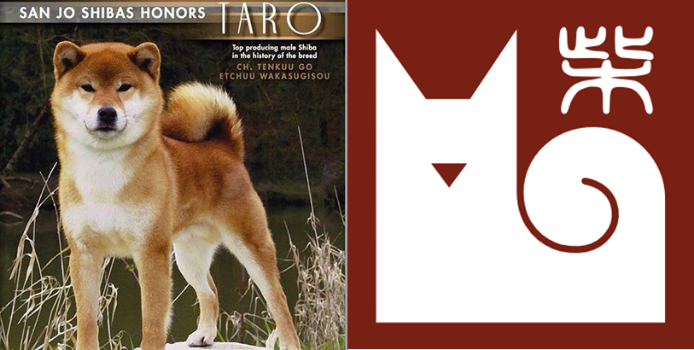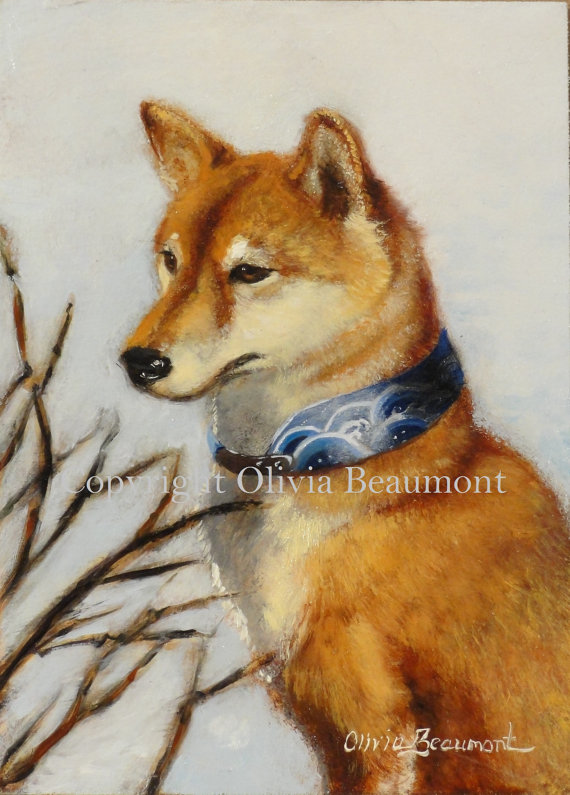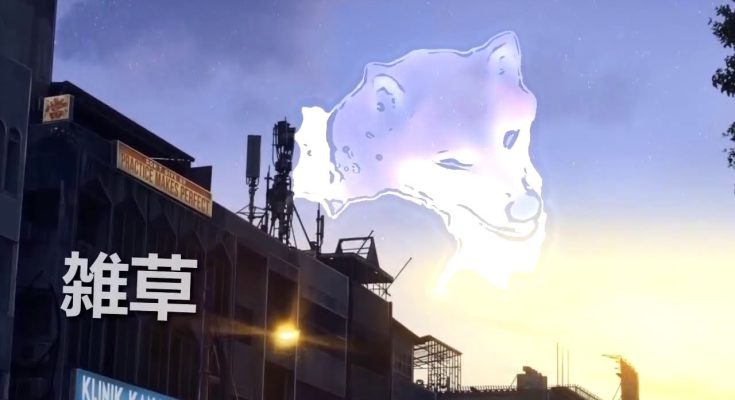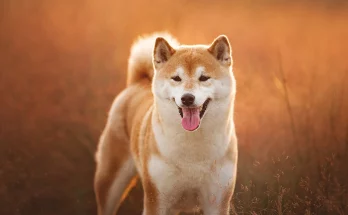Shiba Inus, often referred to as the “little brushwood dog,” are a beloved breed known for their spirited personality and distinctive appearance. With their proud stance, fox-like face, and thick double coat, these small to medium-sized dogs have captured the hearts of many dog enthusiasts globally. But have you ever wondered about the origins and history of Shiba Inus? In this article, we will take a deep dive into the fascinating journey of this ancient Japanese breed.
Ancient Origins

The history of Shiba Inus can be traced back thousands of years to ancient Japan. These dogs belong to the spitz family, which is known for its wolf-like features, including erect ears, curled tails, and a dense coat. Ancient artifacts, such as clay statues and tomb murals, provide evidence of small, fox-like dogs resembling the modern-day Shiba Inu.
The Role of Shiba Inus in Japan

Shiba Inus were primarily bred for hunting purposes in Japan. Their agility, alertness, and keen senses made them exceptional hunters of small game, such as birds and rabbits. They were highly valued for their ability to navigate various terrains and climates, including mountainous regions and dense forests.
Decline and Near Extinction

Despite their significance in traditional Japanese culture, Shiba Inus faced a decline in population during the early 20th century. The breed was almost wiped out due to two major factors: World War II and the devastating effects of distemper, a viral disease that affected numerous dogs. By the end of the war, only a few surviving individuals remained.
Post-War Revival Efforts

Following World War II, dedicated breeders launched efforts to save and revive the Shiba Inu breed. They focused on finding and breeding the remaining dogs with desirable traits to maintain the breed’s unique characteristics. The Japanese government also played a role in these revival efforts by designating the remaining Shiba Inus as a “natural monument” in 1936, thus providing protection and recognition for the breed.
Introduction to the United States
It wasn’t until the 1950s that Shiba Inus began to make their way to the United States. American servicemen stationed in Japan during the Korean War discovered these captivating dogs and brought them back home. However, it wasn’t until the 1970s that the breed gained significant popularity in the United States, thanks to dedicated breeders who imported more Shiba Inus and established breeding programs.
Recognition by International Kennel Clubs
The growing interest in Shiba Inus led to their recognition by various international kennel clubs. The first organization to officially recognize the breed was the Nippo (Nihonken Hozonkai), a Japanese kennel club, in 1932. The American Kennel Club (AKC) followed suit and granted official recognition to Shiba Inus in 1993, classifying them under the Non-Sporting Group.
Modern Popularity and Status
In recent years, the popularity of Shiba Inus has skyrocketed worldwide. Their unique appearance, loyalty, and independent nature have captured the hearts of dog lovers everywhere. They have become a symbol of Japanese culture and are often considered a national treasure in their home country. Despite their increasing popularity, responsible breeding practices and education remain crucial to preserving the breed’s heritage and health.
Conclusion
The history of Shiba Inus is a testament to their resilience and enduring charm. From their ancient origins in Japan to their near-extinction and subsequent revival, these remarkable dogs have overcome numerous challenges to become beloved companions around the globe. As we cherish and celebrate the Shiba Inu breed, let us also remember the importance of responsible ownership and preservation for future generations to enjoy their unique qualities.




